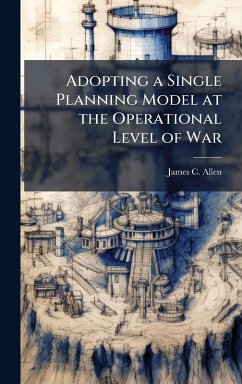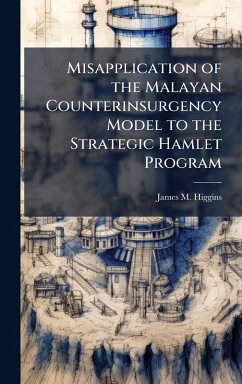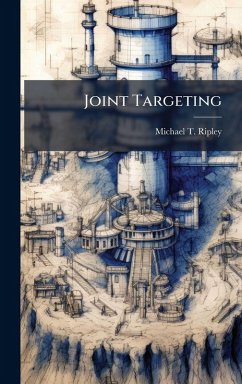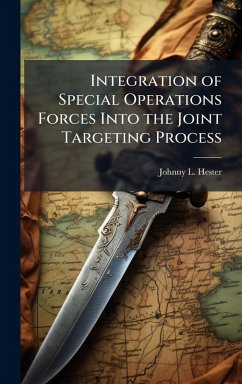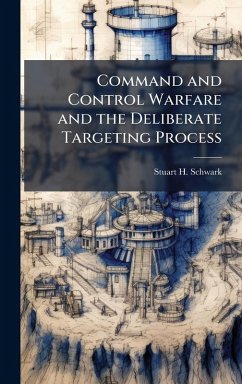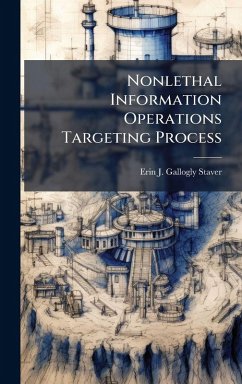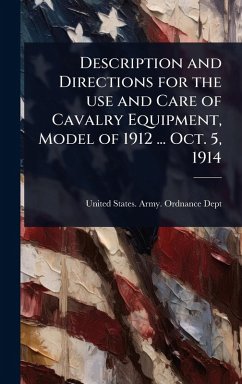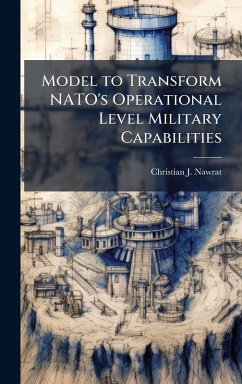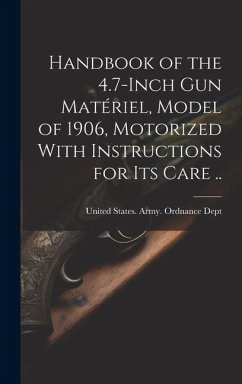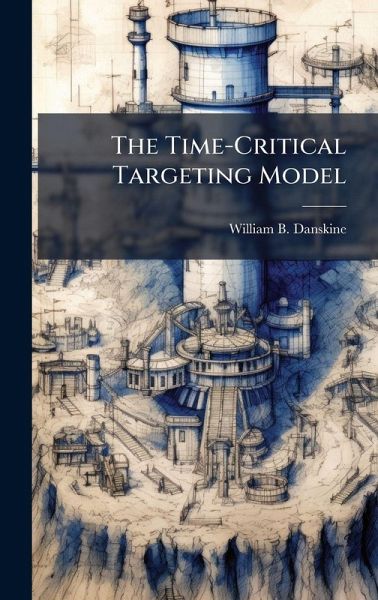
The Time-Critical Targeting Model
Versandkostenfrei!
Versandfertig in über 4 Wochen
28,99 €
inkl. MwSt.
Weitere Ausgaben:

PAYBACK Punkte
14 °P sammeln!
This research project will develop a model that describes how we acquire, designate and engage a time-critical target. Very rarely do U.S. Air Force aircraft operate independently. F-15Cs integrate with E-3 AWACS for counter air while F-16CJs and RC-135s coordinate for suppression of enemy air defense. Shooters and sensors continuously interact to put weapons on target. Developments in modern warfare place a premium on the timeliness and accuracy of this interaction. And yet current operational and tactical integration of sensors and shooters is extremely haphazard; successful integration and ...
This research project will develop a model that describes how we acquire, designate and engage a time-critical target. Very rarely do U.S. Air Force aircraft operate independently. F-15Cs integrate with E-3 AWACS for counter air while F-16CJs and RC-135s coordinate for suppression of enemy air defense. Shooters and sensors continuously interact to put weapons on target. Developments in modern warfare place a premium on the timeliness and accuracy of this interaction. And yet current operational and tactical integration of sensors and shooters is extremely haphazard; successful integration and target engagement is primarily due to random innovation. Sensor-to-shooter relationships require more analysis and a documented systematic approach to optimize current and future operations. In this thesis, I analyze the targeting data sent from sensor to sensor and from sensor to shooter. This work has been selected by scholars as being culturally important, and is part of the knowledge base of civilization as we know it. This work was reproduced from the original artifact, and remains as true to the original work as possible. Therefore, you will see the original copyright references, library stamps (as most of these works have been housed in our most important libraries around the world), and other notations in the work. This work is in the public domain in the United States of America, and possibly other nations. Within the United States, you may freely copy and distribute this work, as no entity (individual or corporate) has a copyright on the body of the work. As a reproduction of a historical artifact, this work may contain missing or blurred pages, poor pictures, errant marks, etc. Scholars believe, and we concur, that this work is important enough to be preserved, reproduced, and made generally available to the public. We appreciate your support of the preservation process, and thank you for being an important part of keeping this knowledge alive and relevant.



